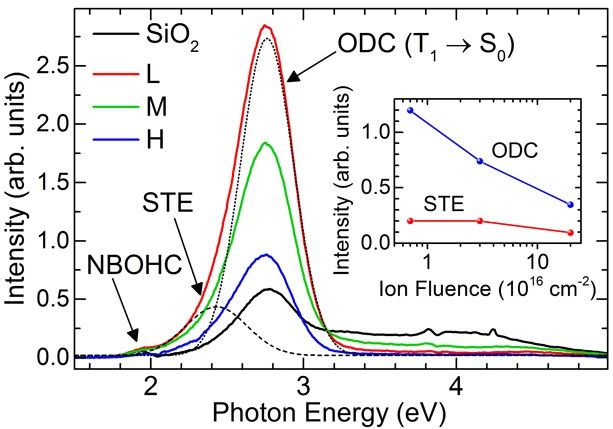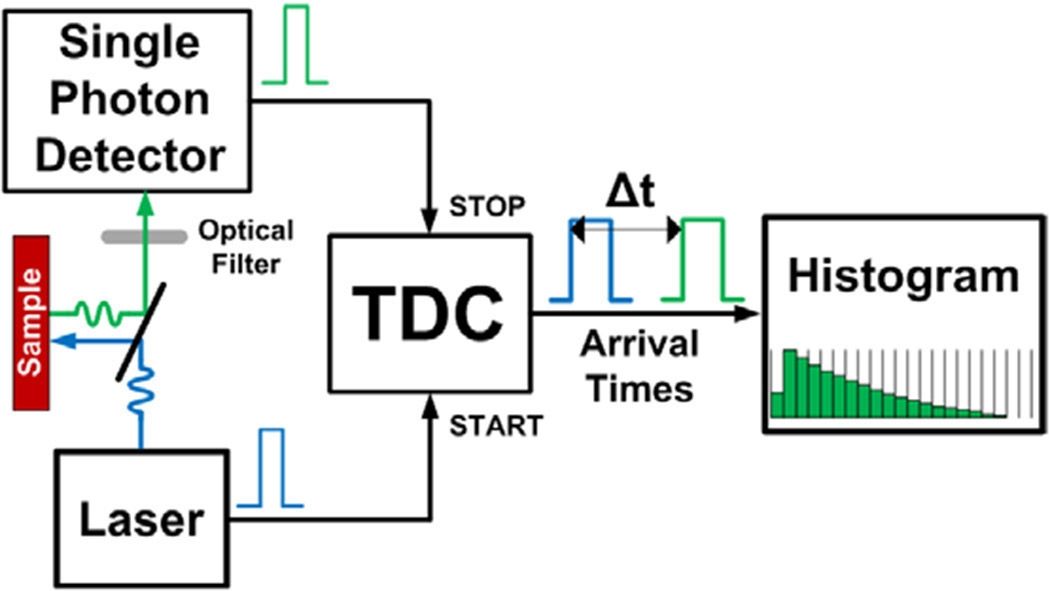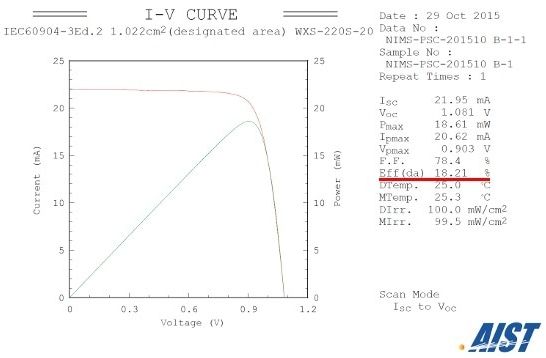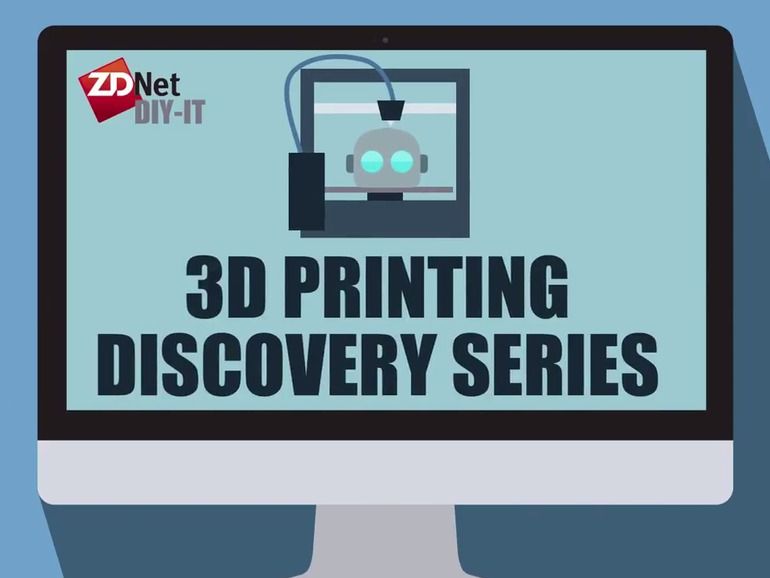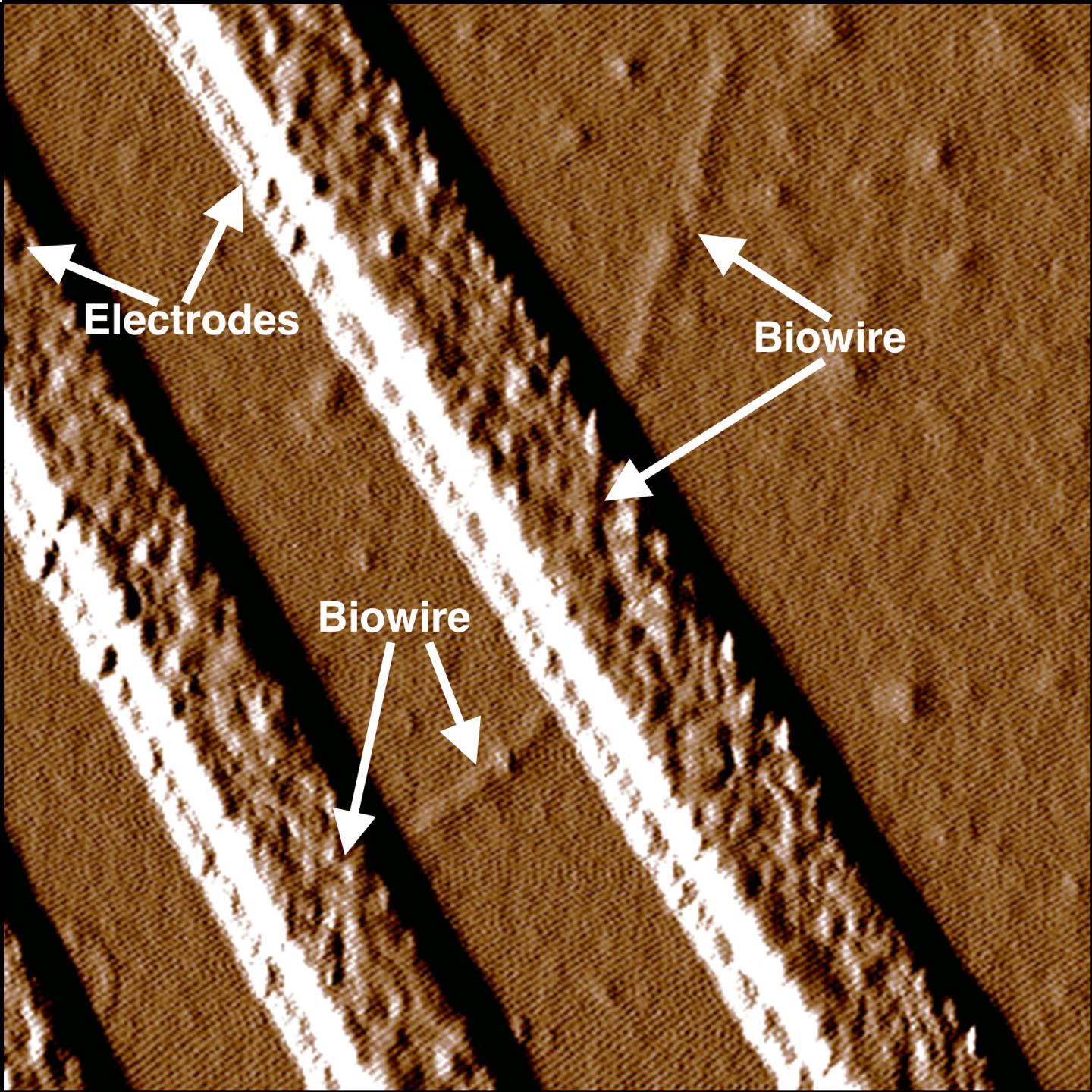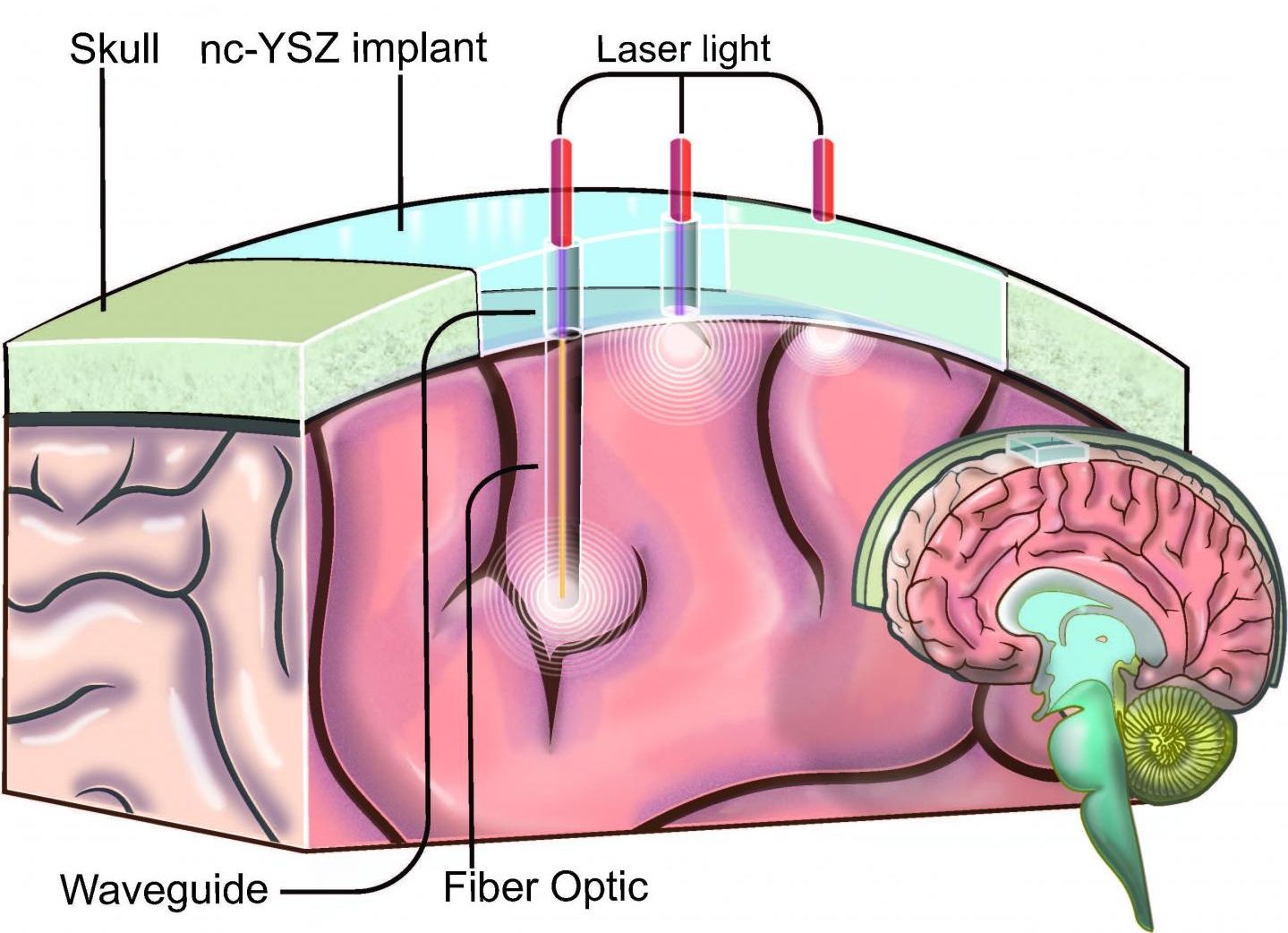Jul 15, 2016
Visualizing Data: Illustrating Complex Quantum Matter Principles
Posted by Karen Hurst in categories: computing, quantum physics
By Dr. Robert Green, postdoctoral fellow, Quantum Matter Institute
In the field of quantum matter research, we seek to uncover materials with properties that may find applications in new technologies. My team and I study the properties of various materials at an atomic level to find innovative ways that they can be used to compose the next generation of computer chips. Our research results in large amounts of experimental data. One of the toughest challenges is to analyze and present the data in a meaningful way, for not only our understanding of their underlying complex, quantum principles, but also for wider audiences, including fellow researchers in the field.
One of our key research projects aims to uncover properties in materials that might be used to make smaller, more energy efficient computer chips — five to 10 years from now. In accordance with Moore’s Law, the number of transistors and overall processing power within a chip has doubled every two years for over four decades. But as chips have become more and more powerful, technological demands also continue to expand and the devices that use these chips are also becoming more portable. As a result, conventional practices of making chips are straining the laws of physics to incorporate more transistors within a shrinking area.
Continue reading “Visualizing Data: Illustrating Complex Quantum Matter Principles” »
